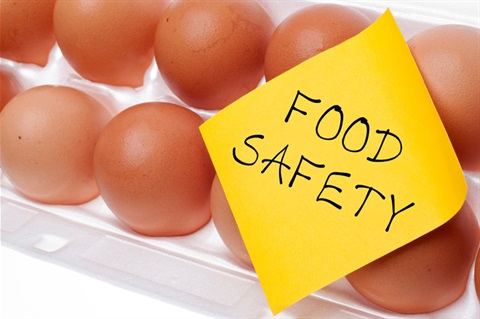Advantages of Temperature Monitoring
What are some of the advantages of wireless temperature monitoring?
- Improving Customer Service
- Preventing Spoilage
- Complying with Laws
Before discussing these benefits, let’s take a step back.
Even before wireless temperature monitoring existed, fleets had to control the temperature to ensure food is not spoiled. Spoiled food can lead to nasty food-related illnesses. Anyone who ate spoiled food can probably relate to this video:
Fleets traditionally control temperature through onboard trailer monitoring. Trailers produce temperature reports throughout the trip and these reports are reviewed afterward.
This approach, unfortunately, is reactive rather than proactive. Fleets often realize issues only after the food is spoiled, or worse when the customer finds out.
Better Customer Service
A common customer complaint is that cargo is not handled properly. Some customers require documentation to provide proof that the load is kept at an appropriate temperature.
In some cases, carriers were sued by their customers for improper handling. There is a long history of court cases dating way back to 1856. After many battles and decisions, courts ruled that carriers can be held legally accountable for food spoilage.

In order to respond to customer service demands and to avoid lawsuits, fleets turned to real-time temperature reports. These reports are sent to customers and update them about the load’s temperature throughout the trip.
A business owner commented that this system “removes any doubt” and “I wouldn’t want to go to court in a dispute without the data.”
Preventing Spoilage
Outdated temperature systems increase the risk of food spoilage. In old systems, fleets rely on drivers to check loads and report issues to dispatchers. Drivers, from time to time, fail to notice temperature changes or fail to report it to dispatchers.
Fleets can set a temperature range rule. The system then records and monitors temperatures. In the event that temperature is outside of the acceptable range, the system warns the office. This allows dispatchers to alert the drivers and to schedule service before the load gets spoiled.
Preparing for Compliance
How can carriers provide extra care? Part of the requirements includes providing a report on trailer temperature upon the customer’s request. A smart step for preparing for these requirements is to investigate systems that provide such reports.




Leave a Reply